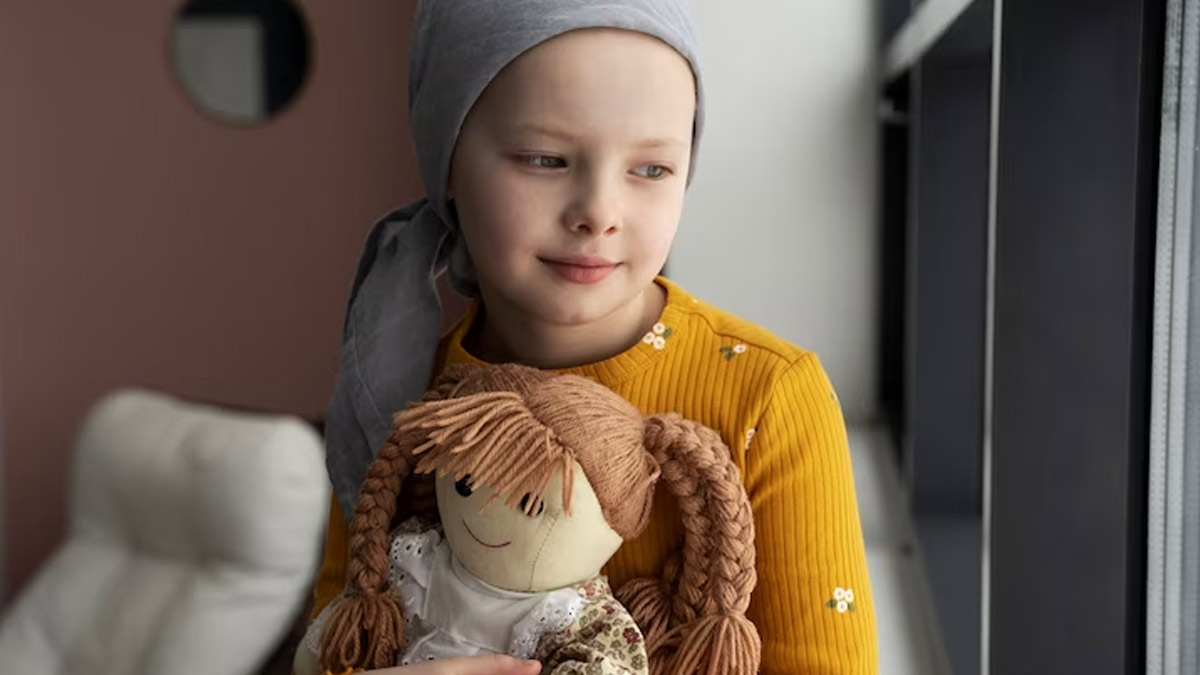
Cancer is a term that strikes fear in the hearts of many, and it's not surprising that it can be especially worrying when it affects children. While childhood cancer is relatively rare, it's still important for parents to be aware of the signs and symptoms so they can seek medical attention promptly if necessary. In this article, we'll take a closer look at some of the signs of cancer in kids that every parent should know.
Table of Content:-
Signs and Symptoms of Childhood Cancer
The signs and symptoms of childhood cancer can vary depending on the type of cancer and where it's located in the body. Some common signs to look out for include:
1. Unexplained weight loss
While children can lose weight as they grow and become more active, sudden, unexplained weight loss can be a sign of cancer.
2. Fatigue
Children with cancer may feel tired or lethargic, even after getting enough sleep.
3. Pain
Children with cancer may experience pain in the area where the cancer is located. For example, a child with a brain tumour may experience consistent headaches, while a child with bone cancer may experience pain in the affected bone.
4. Swelling or lumps
Swelling or lumps in the neck, underarms, groyne, or abdomen can be a sign of cancer.
5. Bruising or bleeding
Children with cancer may experience easy bruising or bleeding, such as frequent nosebleeds or bleeding gums.
6. Persistent fever
While a fever can be a sign of many illnesses, if it persists for an extended period, it may be a sign of cancer.
7. Changes in vision
A child with a brain tumour may experience changes in vision, such as double vision or loss of peripheral sight.
8. Changes in bowel or bladder habits
Cancer in the bowel or bladder may cause changes in a child's bowel or bladder habits, such as constipation, diarrhoea, or bedwetting.

Types of Childhood Cancer
The types of cancer that can affect children are different from those that typically affect adults. Some of the most common types of childhood cancer include:
1. Leukaemia
Leukaemia is a cancer of the blood cells and bone marrow. It's the most common type of childhood cancer, accounting for approximately 30% of all cases.
2. Brain and central nervous system tumours
Brain tumours are the second most common type of childhood cancer, accounting for approximately 26% of all cases.
3. Lymphoma
Lymphoma is a cancer of the lymphatic system, which is part of the body's immune system. It accounts for approximately 8% of childhood cancer cases.
4. Neuroblastoma
Neuroblastoma is a cancer that forms in nerve cells outside of the brain and spinal cord. It's most common in infants and young children.
5. Wilms’ tumour
Wilms’ tumour is a type of kidney cancer that most commonly affects children under the age of five.
6. Rhabdomyosarcoma
Rhabdomyosarcoma is a type of cancer that forms in muscle or other soft tissue. It's most common in children under the age of 10.

Diagnosing Childhood Cancer
If you're concerned that your child may have cancer, it's important to seek medical attention as soon as possible. Your child's doctor will likely perform a physical exam and ask about your child's symptoms and medical history. If necessary, they may refer your child to a specialist for further testing, such as:
1. Blood tests
Blood tests can help doctors identify abnormal blood cell counts, which may be a sign of leukaemia or other blood cancers.
2. Imaging tests
Imaging tests such as X-rays, CT scans, and MRIs can help doctors identify tumours and other abnormalities in the body.
How we keep this article up to date:
We work with experts and keep a close eye on the latest in health and wellness. Whenever there is a new research or helpful information, we update our articles with accurate and useful advice.
Current Version
